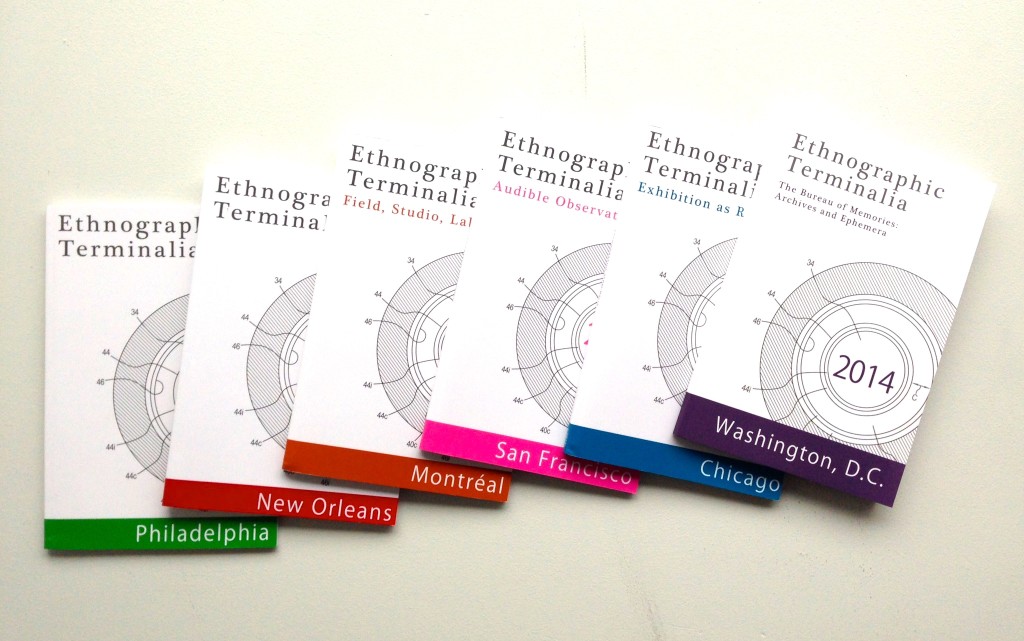Radio Iqaluit
The basic visual component consists of short sequences of video footage of Greenland taken in summer 2008. Melting glaciers are visible on the ice sheet. Birds cross the plane of the horizon and fade into moving shapes tracking wind and airplane currents. Human habitation is suggested by a recurring line of telephone wires and rooftops. The accompanying soundtrack, an asynchronous loop heard through headphones or in the room at ambient volume, consists of layers of short-wave radio signals transmitted at different frequencies and mixed to varying degrees of density. The sonic material includes phasing, whistling, and crackling static drawn from phantom broadcasts mixing with the sounds of the earth’s magnetic field as they ride through the sky on ripples of atmospheric disturbance. Masked voices and random spectral noise flange and fade across threshold levels of signal compression and distortion, passing in and out of semantic comprehensibility.
The combination of audio and video captures traces of motion of the largely invisible energies bridging the divide between landmasses, caught up in the circumpolar ebb and flow of winds and tides. The flight paths of birds, airplanes, radio waves, and global warming currents cycling in continuous interplay transect the isolation and interconnectedness of the Arctic region. “Radio Iqaluit” is an oblique reference to a location in space and time that is geographically real yet fictitious: an imagined point of articulation traversed by opaque and encoded airborne signals, human and avian migration, and the winds of climate change. The work highlights the geographical dimensions of historical intercultural contact and image distortion that have long marked the far north itself as an ethnographic terminus.
Biography
Thomas Ross Miller is an anthropologist, media artist, curator, and writer living in Brooklyn, New York. His interests include shamanism, sound, museology, ideas of north, and the history of scientific expeditions and collections. He has taught visual anthropology at Pratt Institute, ethnomusicology at Barnard College, and museum anthropology at Columbia University, where he received his doctorate. He presently teaches on the faculties of Berkeley College and New York University’s Tisch School of the Arts, Clive Davis Department of Recorded Music, and has received a National Endowment for the Arts award for his anti-opera “The North Pole.” He is an independent curatorial consultant and former Senior Scientific Assistant at the American Museum of Natural History, where he was a Guest Curator for the Franz Boas centenary exhibition “Drawing Shadows to Stone: Photographing North Pacific Peoples, 1897-1902.” Other exhibitions include “Schamanen Sibiriens” at the Linden-State Museum of Ethnology in Stuttgart, Germany and the current installation “On the Road of Bones: Ghosts of the Siberian Gulag Along the Old Kolyma Highway” at Kris Waldherr Art and Words Studio- Gallery in Brooklyn.

